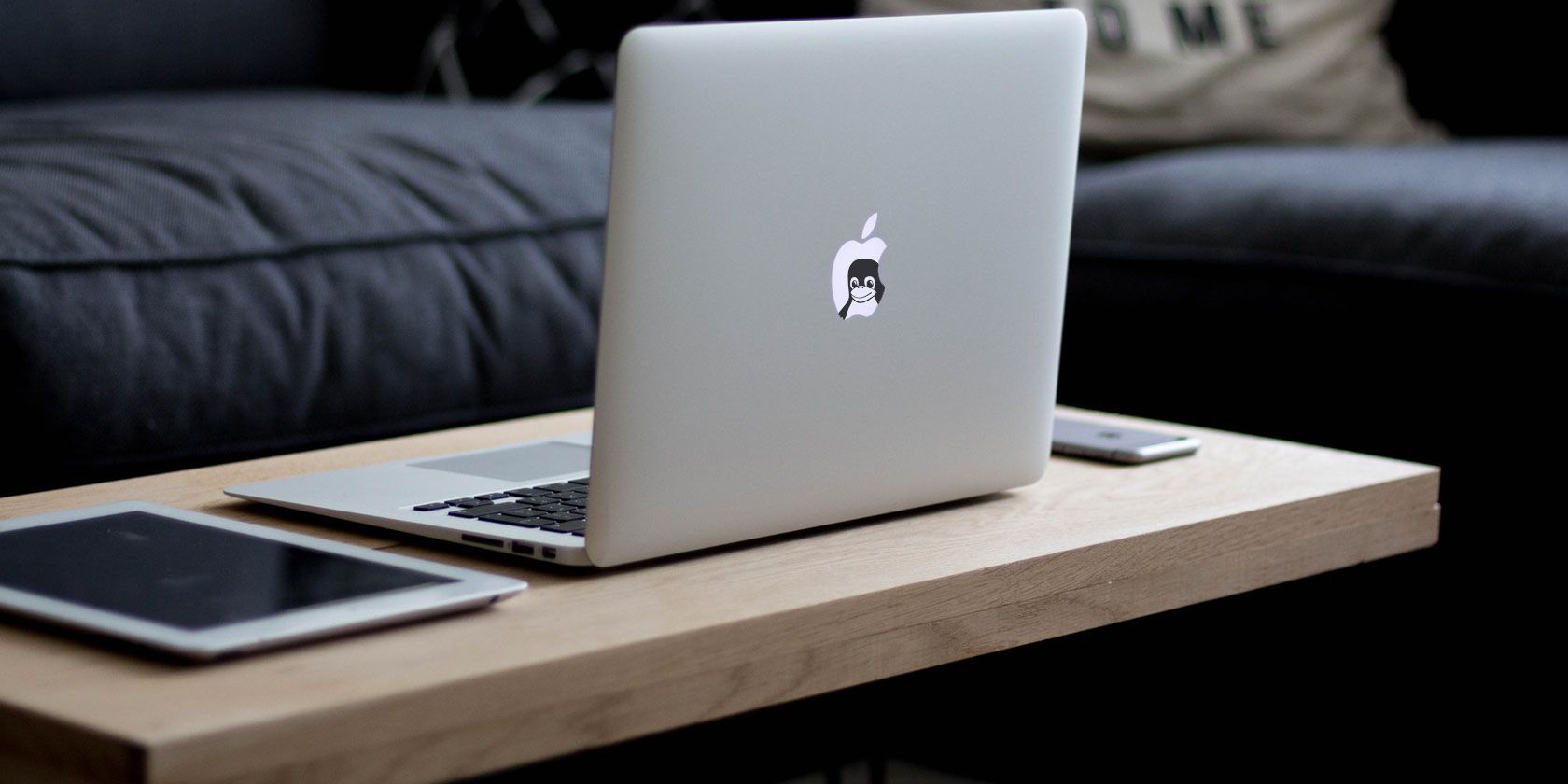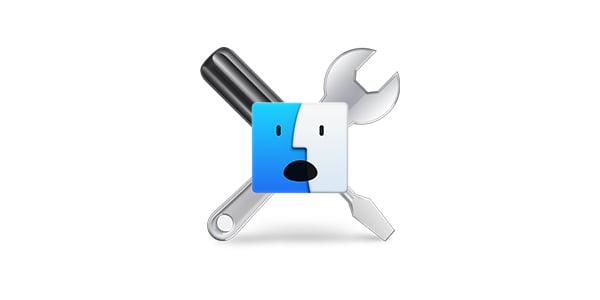

- #INSTALL LINUX ON A MAC MINI POWERPC INSTALL#
- #INSTALL LINUX ON A MAC MINI POWERPC DRIVER#
- #INSTALL LINUX ON A MAC MINI POWERPC PC#
- #INSTALL LINUX ON A MAC MINI POWERPC SERIES#
Next post I'll describe kernel config and driver issues, and give a copy of my kernel config for anyone who tries this. So, moral of the story, use GRUB, and the wiki should probably be changed, or at least edited. It works very well, and is also what I'm used to. Thankfully, someone on a forum about this bug suggested using GRUB, and I'm glad they did.

This error will probably not be fixed, as yaboot is no longer maintained.

I have installed reFIT and according to that my partitions are synced. Ubuntu boots with no issues and this is what I want to replace with Arch. I currently have Ubuntu 10.04 on it as well as OSX 10.6.3.
#INSTALL LINUX ON A MAC MINI POWERPC PC#
The form factor of the Mini PC is a square having approximately the same dimension as the long side of a DVD box.
#INSTALL LINUX ON A MAC MINI POWERPC INSTALL#
If I stayed with yaboot, I would have had to re-format my disk as something other than ext4 and start over. I want to install Arch on an Intel based Mac Mini. The recent emergence of the mini PC has opened up new horizons for the Linux user. I was very worried that I would have to start all the way over (I had spent a few hours at this point), because I did not have a separate /boot partition. Of course, I did not know this while installing, and fell right into this trap. Instead, it gives a cryptic error and exits. The (main) problem with yaboot is that it simply does not vibe with ext4. This is strange because the livecd image they provide uses GRUB. It tells you to use yaboot as your bootloader, instead of GRUB. I started by following the PowerPC Handbook on Gentoo's wiki, which is pretty good.
#INSTALL LINUX ON A MAC MINI POWERPC SERIES#
The legacy BIOS used to boot Linux requires a monitor to be attached, but there are some workarounds.This is the second post in my series about installing Gentoo Linux on a Mac Mini G4. If you intend to run the Mac Mini headless with Linux, you’re going to run into a problem. My Mac Mini went through about 10-20 seconds of wild screen flickering from grey to black to grey to black but then I saw the familiar Fedora framebuffer. At this point, you should be ready to go for hands-off booting. (Note that you can install rEFIt on a USB stick and boot from that, which is especially useful if your goal is to have just Debian on the system as it simplifies partitioning). This will be removed but is needed briefly, later. Reboot again while holding Eject (or F12) to get the OS X disc out of the drive. Install rEFIt or rEFInd (a more recently-updated fork). Just “bless” the partition to make it valid for booting: If you did one giant partition, this should be /dev/disk0s1. Once you’re in the terminal, run diskutil list to figure out which partition is your boot partition. Pop in the OS X install disc (may need to reboot again to get it to boot) and open a terminal once the install disc fully boots. Reboot again, but hold down the Eject key (or F12 on PC keyboards) during boot to eject the refit disc. It might say that your GPT partition is empty - that’s okay. When refit appears, choose the second icon from the left in the bottom row and press enter. Reboot the Mini again while holding Option (or alt key) and choose the disc again at bootup. I generally put everything in one giant partition as it makes the “bless” step a little easier later on.Įject the Linux CD/DVD once the installation is complete and toss in the refit CD that you burned previously. When you’re done with parted in that terminal, switch back to anaconda with CTRL-ALT-F6.Īt this point, you shouldn’t have any partitions on your disk and you’ll be ready to install your Linux distribution normally. If you’re using an anaconda-based installation, you can get to a root shell by pressing CTRL-ALT-F2. This will instantly erase the hard drive - make sure you’re ready for this step. Hop into a terminal, start parted on your main hard disk and type mklabel msdos. When I installed Fedora, I had to switch the hard drive’s partition table from GPT to a plain old “msdos” partition table. The boot screen might say “Windows” for the Linux CD/DVD, but choose it anyway. While it’s rebooting, hold down the Option key (alt key if you’re using a PC keyboard) and you’ll have the option to boot from the disc when it boots up. Put your Linux CD/DVD in the drive and reboot. It’s really difficult to get this done properly outside of OS X, so take the time to do it now. This will get rid of the Mac chime on bootup.


 0 kommentar(er)
0 kommentar(er)
